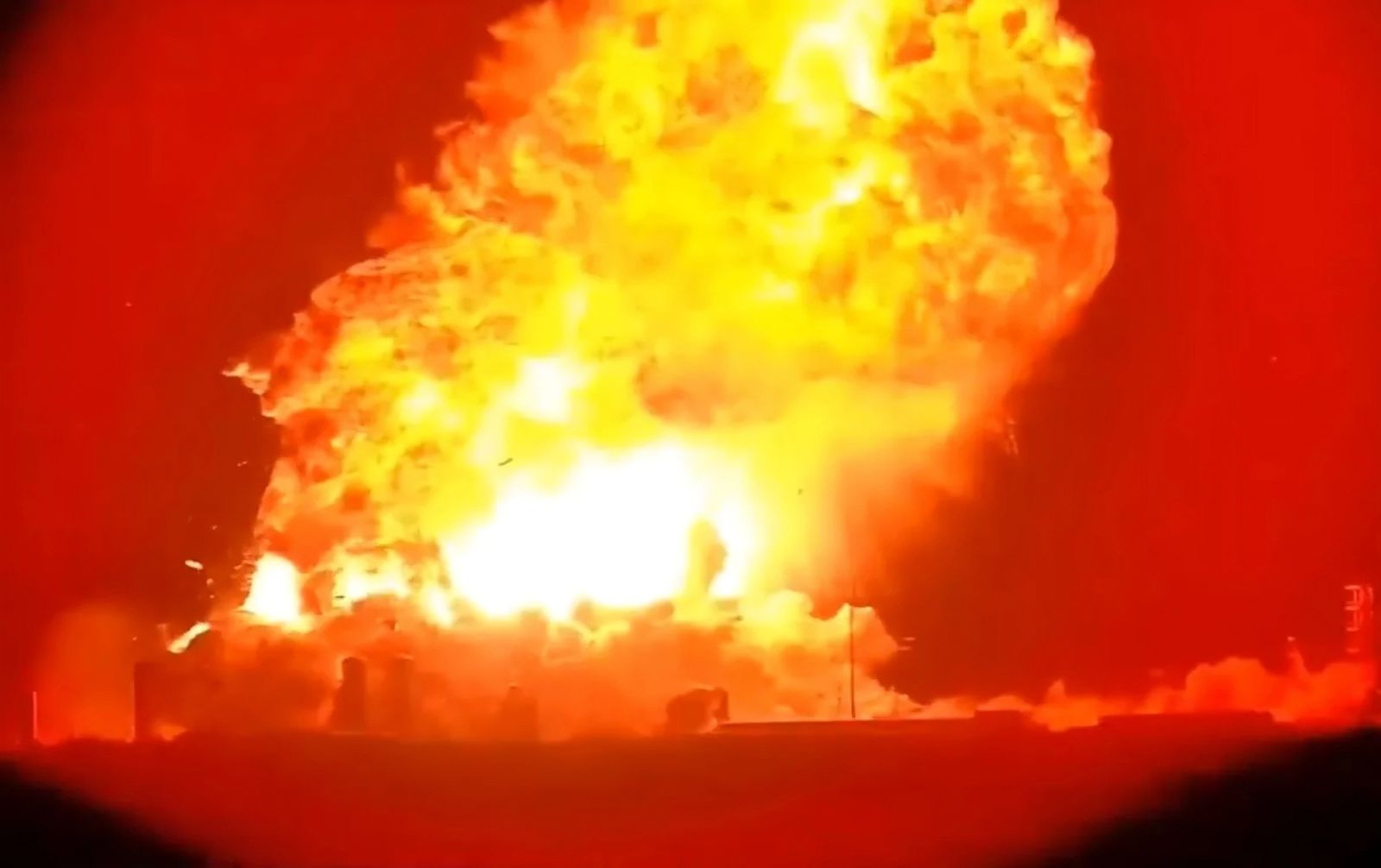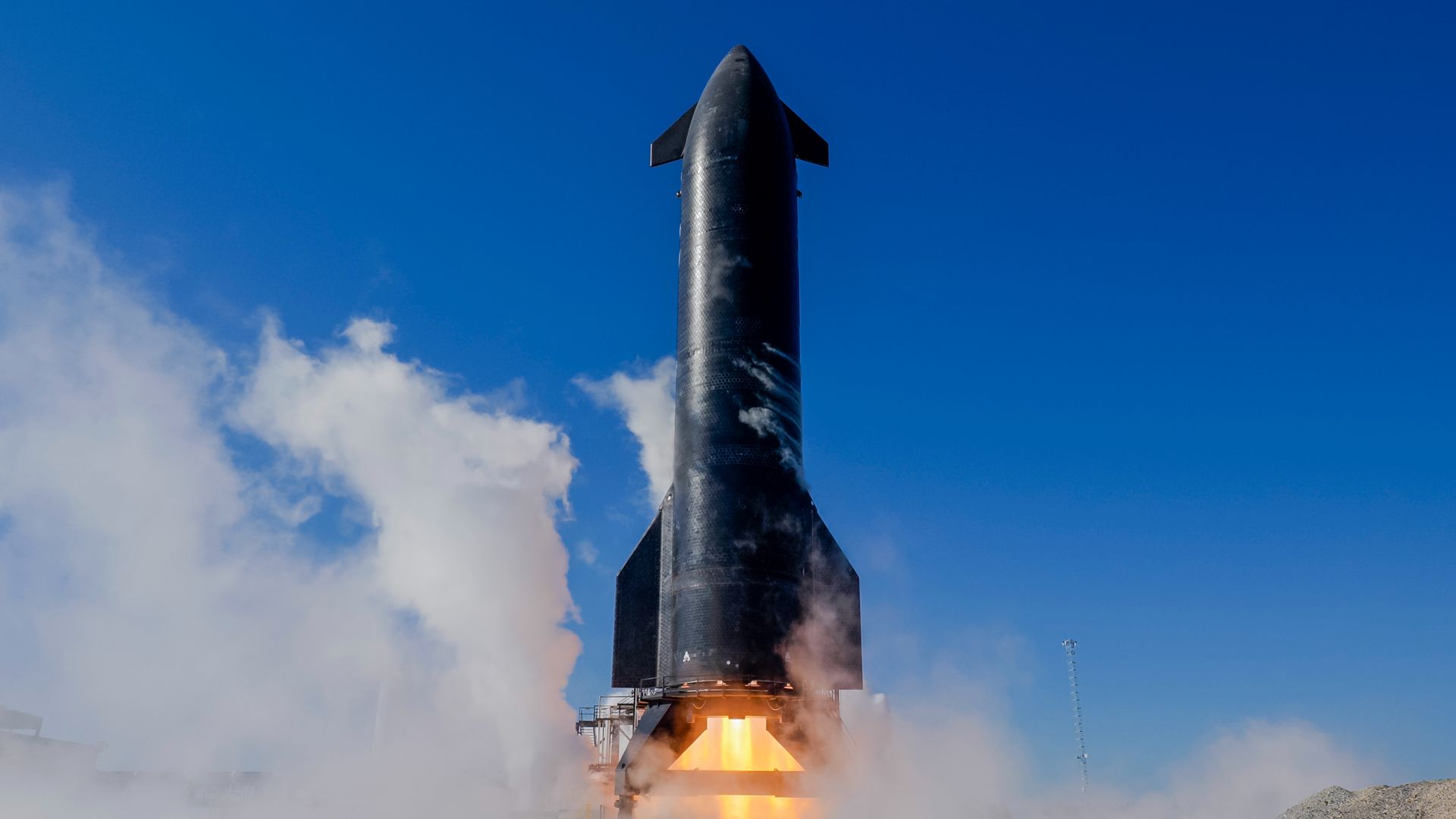Follow us on Google News (click on ☆)
The incident occurred during a series of preparatory tests for Starship's tenth test flight. Footage shows a massive fireball rising into the night sky, demonstrating the violence of the explosion. SpaceX quickly confirmed the event, assuring all safety protocols had been followed.

The Starship upper stage from flight 10 exploded on June 18, 2025 during a test stand trial.
Credit: SpaceX
This explosion follows a series of failures during recent test flights. The upper stages of the Starship mega-rocket have experienced premature destruction.
Static fire tests validate engine reliability before launch. The explosion suggests persistent issues with the second version of Starship, which has yet to complete a mission successfully.
The Starship program represents a significant leap in space technology with its fully reusable components. However, recent incidents remind us that the path to full reusability is fraught with challenges.
What is a static fire test?
A static fire test is a standard procedure in the space industry to verify a rocket's proper functioning before launch. The rocket remains anchored to the ground while its engines are briefly fired at full power.

SpaceX conducts a static fire test with a Starship upper stage on May 12, 2025, before the ninth Starship test flight.
Credit: SpaceX
This step helps identify potential technical issues without risking vehicle loss. Collected data is crucial for adjusting engine parameters and ensuring flight safety.
For Starship, these tests are particularly scrutinized due to the power of Raptor engines. These engines use a methane-oxygen mixture, a technology still in its maturation phase.
Why is Starship considered revolutionary?
Starship stands out for its ambition to become the first fully reusable launch system. Unlike traditional rockets whose stages are lost after each flight, Starship and its Super Heavy booster are designed for rapid, repeated reuse.
This approach aims to drastically reduce space access costs, paving the way for crewed missions to Mars. Reusability is central to Elon Musk's vision of a multiplanetary humanity.
Starship's design also incorporates major innovations like methane-powered Raptor engines. This technological choice is motivated by the potential to produce fuel directly on Mars using local resources.
Despite technical obstacles, the Starship program progresses at a steady pace. In SpaceX's doctrine, each failure is a learning opportunity bringing them closer to success.